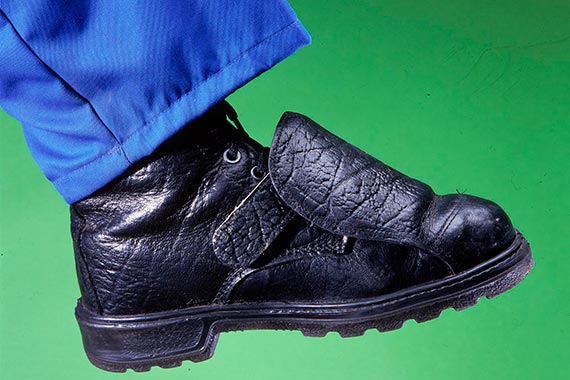Questions? We've got answers.
Whenever you are carrying cylinders, please follow these simple but important guidelines
Please read our safety datasheet 'General Cylinder Handling'.
Take a look at our video offering additional information about the safe use of oxygen and acetylene for trained users of these gases:
Do not approach cylinders that are involved in the fire until you have been advised by the emergency services that it is safe to do so.
Any gas cylinder that is exposed to extreme heat may rupture due to an increase of temperature and pressure. If acetylene cylinders are exposed to extreme heat (for example if the welding torch flame comes into contact with the cylinder), the following actions are recommended:
Cylinders are very heavy and travel at the same speed as your vehicle. However, unlike your vehicle, they are not fitted with any brakes and unless they are adequately secured they can move forward under braking and cause severe damage.
There are some basic safety rules to follow:
To get further information about the loading, unloading, collecting and transportation of gas cylinders, please take a look at the guide 'Safe Transport of Gas' guide provided by European Industrial Gas Association (EIGA).
Since January 1, 2007, there is a requirement for the driver of any type of vehicle, not only for those above 3.5 tonnes, carrying dangerous goods in excess of the threshold limits to be in possession of a vocational training certificate, or ADR Licence as it is better known.
If you wish to benefit from the exemption of some of the requirements of the ADR regulations (such as the obligation to have orange plates, high visibility vests and wheel chocks), you need to understand the 1000 points rule and the limited quantity thresholds. The full ADR regulations only apply if your cylinder load exceeds this quantity threshold.
Please download our guide on ADR and the 1000 point rule.
When you handle cylinders we strongly recommend that you wear
For cutting and welding operations you should use
